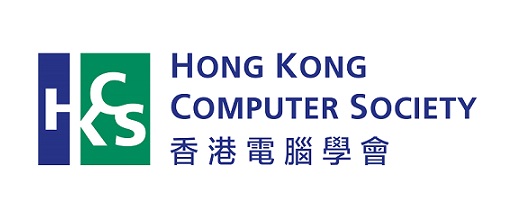In China, AI is being used to fight the virus on all fronts. With its ability to learn quickly, AI saves humans time in sequencing the genome of Sars-CoV-2, designing lab tests, analysing CAT scans and making new vaccines
Artificial intelligence is typically presented in Hollywood movies as a human-hating robot in a doomsday scenario. However, in the current Covid-19 pandemic, AI has emerged as the superhero that is saving humanity from disease and greatly reducing the number of deaths globally.
AI researchers around the world have, over the past few years, engineered drastically new capabilities in health care, just in time to combat the novel coronavirus. This is particularly evident in China, where AI-related research and application development have grown substantially, especially since the announcement of the Next Generation Artificial Intelligence Development Plan in July 2017.
Since then, there have been major advancements in AI technologies, in areas including natural language processing, speech recognition, data analytics, machine learning and deep learning, and a wide range of applications from chatbots to facial recognition. These technologies have affected all industry sectors and are now being deployed as powerful weapons against Covid-19.
AI is being used to fight the virus on all fronts, from screening and diagnosis to containment and drug developpment.
With its ability to learn quickly from data relating to the novel coronavirus, AI saves human beings time in sequencing the genome of Sars-CoV-2, designing lab tests, analysing CAT scans and making new vaccines. In a pandemic, time is of the essence. Because Covid-19 cases increase exponentially, each day saved may mean hundreds or thousands of lives saved.
After severe acute respiratory syndrome broke out in late 2002, scientists had to wait months before they knew what the viral genome looked like. With the novel coronavirus Sars-CoV-2, Chinese scientists sequenced the genome using AI, published it and shared it with researchers around the world in early January, weeks after the first cases appeared in Wuhan.
Sequencing the genome is the first step, and the next would be designing a lab test to identify the presence of the virus. Unfortunately, the new coronavirus, like Sars and Mers, is a single-strand RNA virus, which means it is susceptible to mutation and harder to test for.
However, Alibaba’s research institute Damo Academy was able to crack this nut by developing an AI algorithm that helps get the job done in 30 minutes. The algorithm powers a whole-genome detection platform, which is faster and better than the traditional nucleic-acid approach that detects only part of a genome.
Besides lab tests, CAT scans of lungs are also an effective way to detect signs of coronavirus infection. During an epidemic, radiologists might be overwhelmed by the thousands of scans they have to inspect every day.
In China, AI stepped up. Damo Academy trained an AI system using data from thousands of confirmed cases. The resulting diagnosis system was able to detect coronavirus cases with an accuracy of up to 96 per cent. Infervision, a Beijing start-up, created a similar system that learned from thousands of cases, including early cases from Tongji Hospital in Wuhan, the centre of the epidemic.
In time of crisis, Chinese tech companies such as Alibaba and Baidu are offering free AI technologies and computing capabilities, to help public research institutions buy time to combat the coronavirus. Baidu open-sourced LinearFold, its algorithm that predicts the RNA structure of a virus and allows scientists to better understand how a virus invades cells and thereby develop a vaccine. When Baidu applied LinearFold to the coronavirus, it reduced prediction time from 55 minutes to 27 seconds.
Alibaba is also developing an AI-based drug research platform. Through AI, historical data on drug research with regard to coronaviruses such as Sars and Mers may yield insights into how to repurpose existing drugs for Sars-CoV-2, for example.
AI has helped on the front line, too. Chatbots reduce the pressure on hospital and government personnel by automatically answering queries from members of the public, and even advising individuals about whether they need to undergo screening in hospital or stay at home for a 14-day quarantine. In Shanghai and other cities, chatbots call people deemed at high risk and help monitor the virus’ spread.
Physical robots also come in handy. Self-navigating robots work to disinfect segregated wards, deliver food and medication, and check body temperatures.
At airports and train stations across China, infrared cameras are used to scan crowds for high temperatures. They are sometimes used with a facial recognition system, which can pinpoint the individual with a high temperature and whether he or she is wearing a surgical mask.
This system is also being used to ensure citizens obey self-quarantine orders. According to reports, individuals who flouted the order and left home would get a call from the authorities, presumably after being tracked by the facial recognition system.
In the face of a sudden onslaught from Covid-19, China’s ability to adapt and fight back with AI is evidence that the country’s investments in artificial intelligence and related technologies are paying off. This is truly the first time AI has been used so extensively to combat an epidemic. Without AI, the spread of the novel coronavirus would have been much quicker and more devastating.
Andy Chun, an adjunct professor at City University of Hong Kong, is a council member of Hong Kong Computer Society and the convenor of its AI Specialist Group
Click here to read the full article on South China Morning Post.

